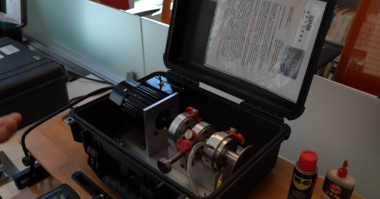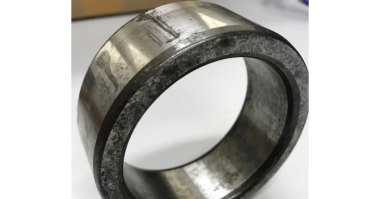Why does silicone cause carbon brush wear in DC motors?
It is known that the presence of silicone will cause very rapid wear of carbon brushes.
The wear rate can be many times greater than the rate of wear would be if no silicone present. The concentration of silicone necessary to cause this rapid wear is extremely small…perhaps even less than 1ppm.
The fact that rapid wear occurs with the presence of silicone has been proven repeatedly in the lab and in the filed.
However, the exact mechanism that causes this wear is not completely understood. There are a number of theories concerning the cause of this accelerated wear.
Three theories are described below:
1. Abrasive Wear
Silicone vapor collects in the brush and in the film. It is decomposed into silica (silicone dioxide … quartz) which is very abrasive and contributes to the rapid wear.
2. Oxidation
Silicone vapor collects in the brush and promotes oxidation of the carbon in the presence of high temperatures. The elevated temperature in the brushes is caused by the passage of current through the brush.
The face of the brush is cooled by the collector ring or commutator surface and the hottest location in the brush is only a few thousandths of an inch back from the face. This is where the oxidation takes place, weakening the support of the face and allowing rapid wear.
3. Dry Film
It is water vapor that lubricates the brush-collector/commutator interface. Lack of water vapor is known to result in accelerated wear. Silicone repels liquid water and probably water vapor as well.
Silicon actually repelling “water vapor” is somewhat questionable. But no matter how it happens, without the lubrication that water vapor provides, brush wear is accelerated.
Whether one or a combination of these theories is involved, the result is the same – Accelerated wear occurs when silicone is present.
Sources of silicone may be oil(s), RTV compounds, mold release agents, insulating varnishes or a host of other materials that contain silicone. And some brush grades may operate better than others where silicone is present.
But the most effective means of restoring good brush life where the presence of silicone is suspected to exists, is to simply eliminate the source of the silicone. It may also help to improve the ventilation in the immediate area where silicone is present.
Read more about preventative maintenance from IDCON.




Comments